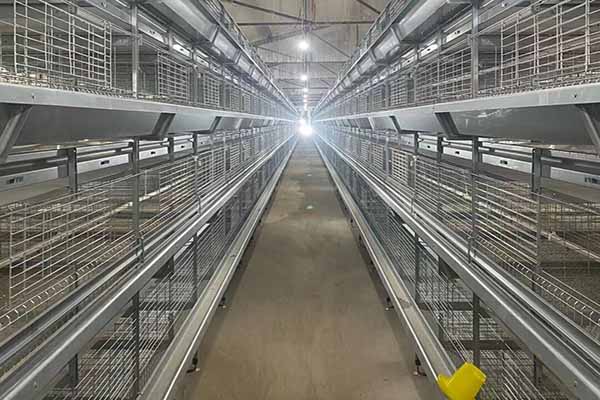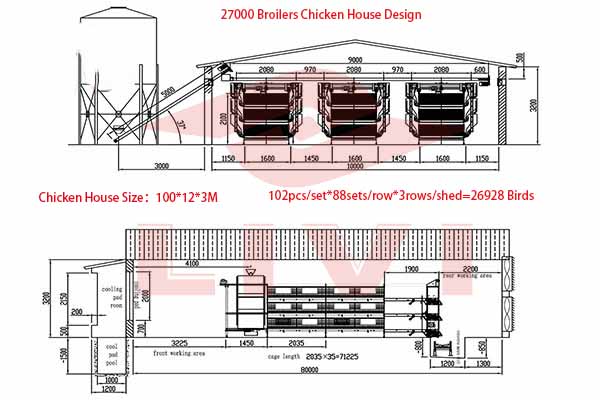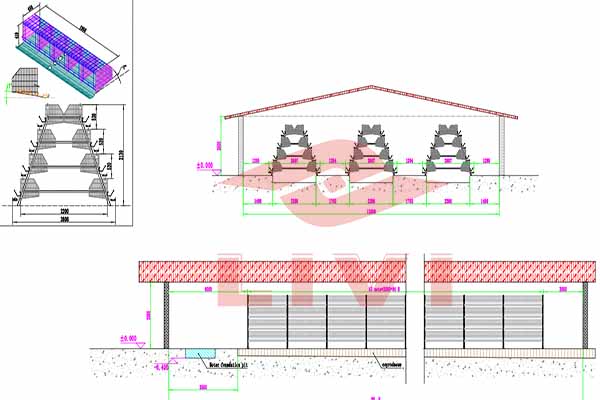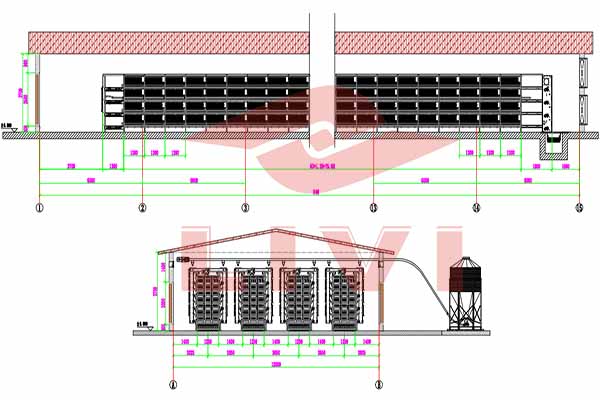What are the Best Deep Litter Alternatives for a 65,000-Layer Farm in Tanzania?
Understanding Deep Litter System
The deep litter system has been a staple in poultry farming for decades. However, with a farm as large as 65,000 layers in Tanzania, looking for alternatives is essential for both efficiency and cost-effectiveness. Before delving into alternatives, let’s briefly review what a deep litter system entails.
The deep litter system involves the use of absorbent materials such as sawdust or shavings as bedding on the floor of poultry houses. This material is continuously replenished and can become compacted, leading to respiratory issues for birds and potential fire hazards. The system can be sustainable but may not always be practical for large-scale farms.
Top Deep Litter Alternatives for Large Farms
When considering alternatives for a 65,000-layer farm, it is important to choose methods that can maintain biosecurity, manage waste efficiently, and keep the birds healthy. Here are some of the best alternatives:
- Slatted Floors: By using slatted floors, the droppings can be removed more easily, which reduces ammonia levels, odors, and the spread of disease. It’s an excellent system for maintaining good flock health on large farms.
- Nesting Boxes: While not an alternative to the entire bedding system, nesting boxes are crucial for egg production. Ensuring that these are well-maintained and placed correctly can significantly impact egg quality and flock comfort.
- Air Litter System: This system allows the use of absorbent material while preventing compaction and odor buildup. It involves regular replacement of bedding and has shown to be efficient in large-scale operations.
- Free-Range and Deep Flush Systems: In conjunction with the right farm layout and biosecurity measures, these systems can be used to reduce bedding requirements. The free-range allows for the natural removal of droppings, while deep flush systems utilize mechanical devices to collect droppings.
- Biofilter Systems: For large-scale operations, a biofilter system can effectively manage ammonia emissions, which is a significant concern in deep litter systems.
Case Studies and Data
According to a study by the International Journal of Poultry Science, the adoption of slatted floors has resulted in a 25% reduction in respiratory disease cases compared to deep litter systems. Moreover, the average cost savings per layer per year were estimated at approximately USD 0.25 when transitioning from deep litter to slatted floors.
For a 65,000-layer farm, these savings can accumulate to significant financial benefits.
Why Consider LIVI Mechanical for Your Farm Design and Equipment?
LIVI Mechanical is at the forefront of providing innovative and sustainable solutions for poultry farms. Our team of experts offers:
– Free consultations to determine the best system for your specific needs.
– Comprehensive design and planning services for any scale of farm.
– Customized equipment to meet your farm’s unique requirements.
Get in touch with us today for a free poultry farm design and equipment quote!
Contact Us: [insert contact information]
Free Consultation: [insert consultation information]
LIVI Mechanical Solutions for Your Poultry Farm





